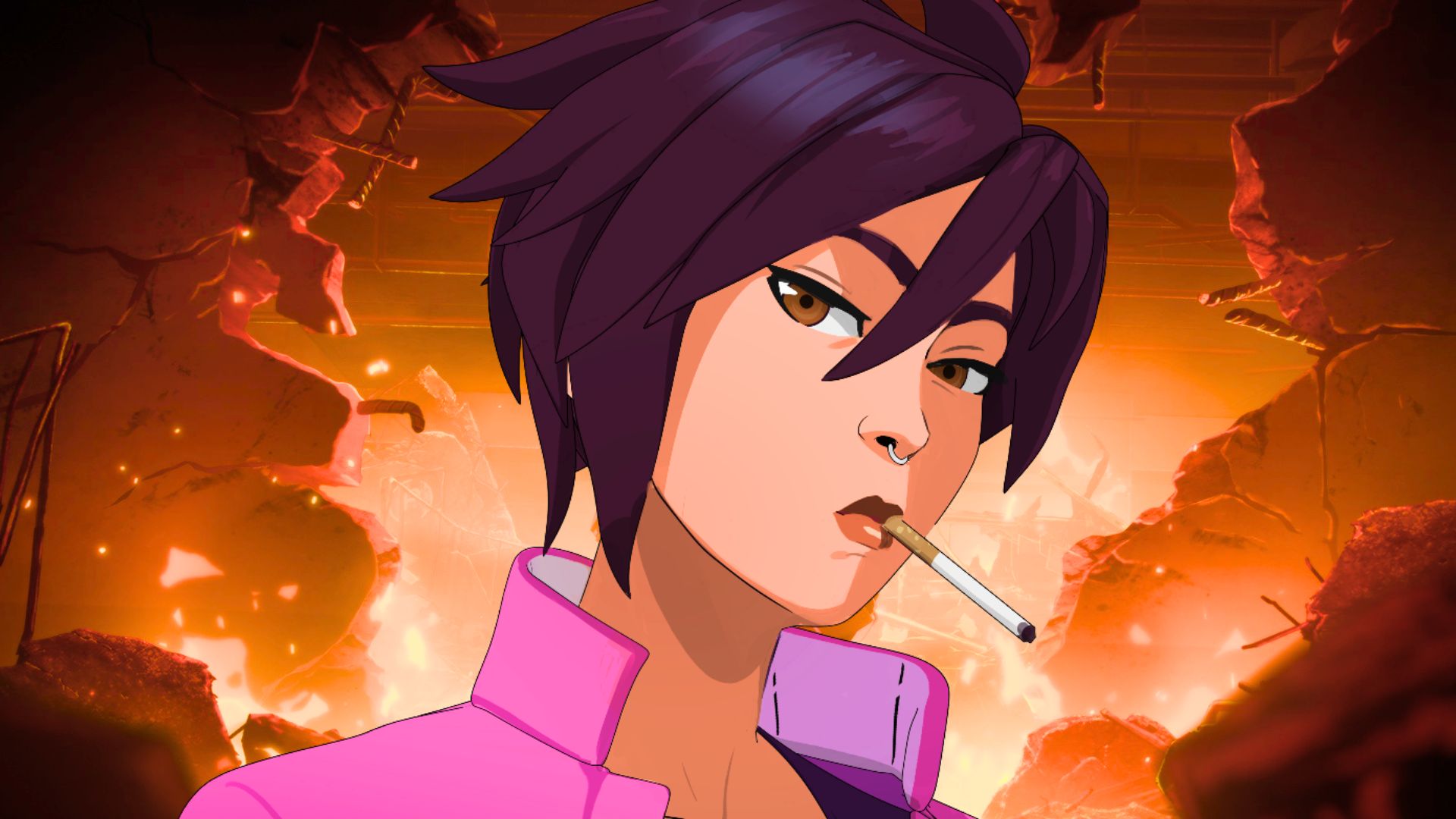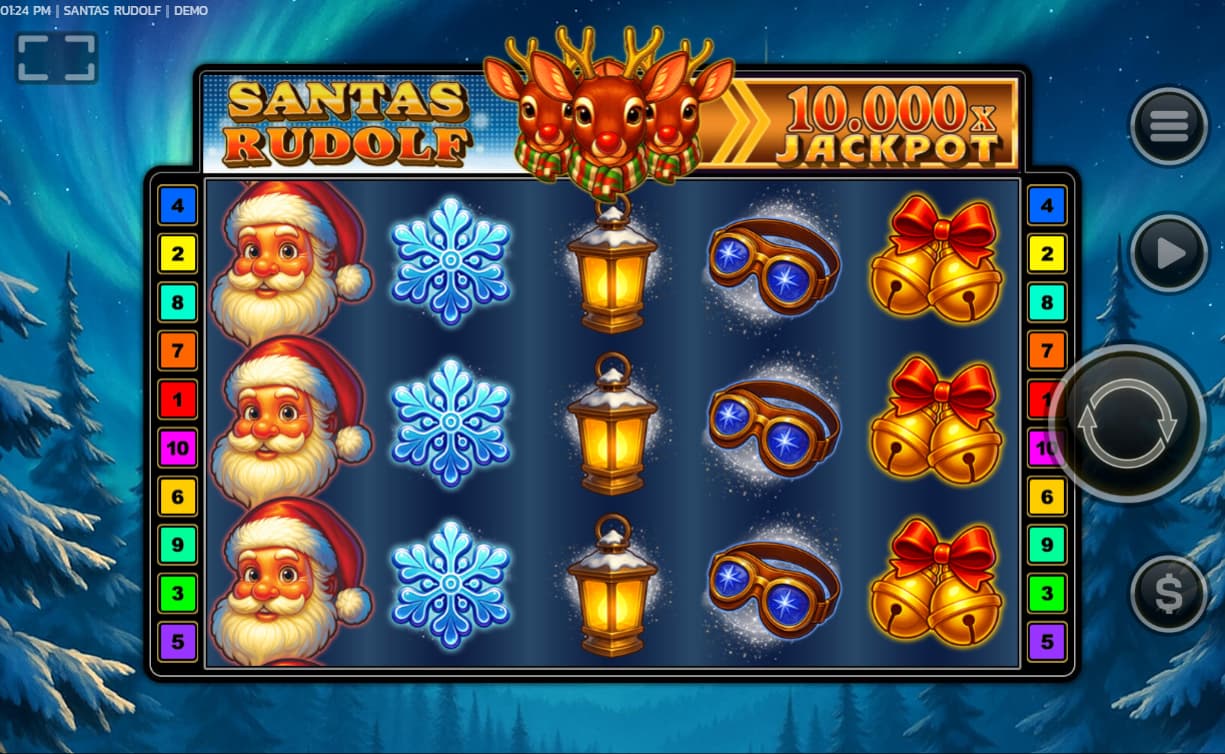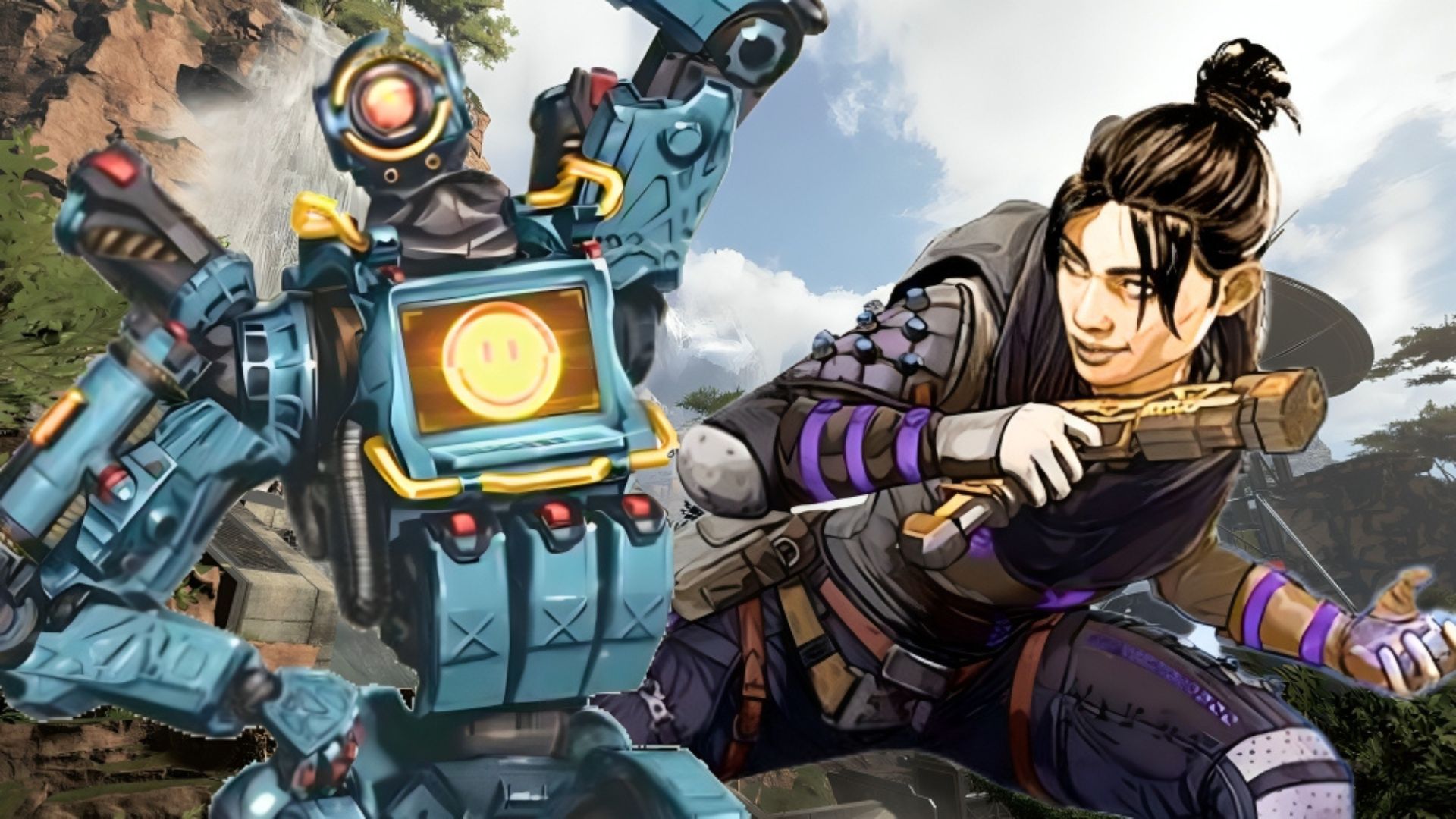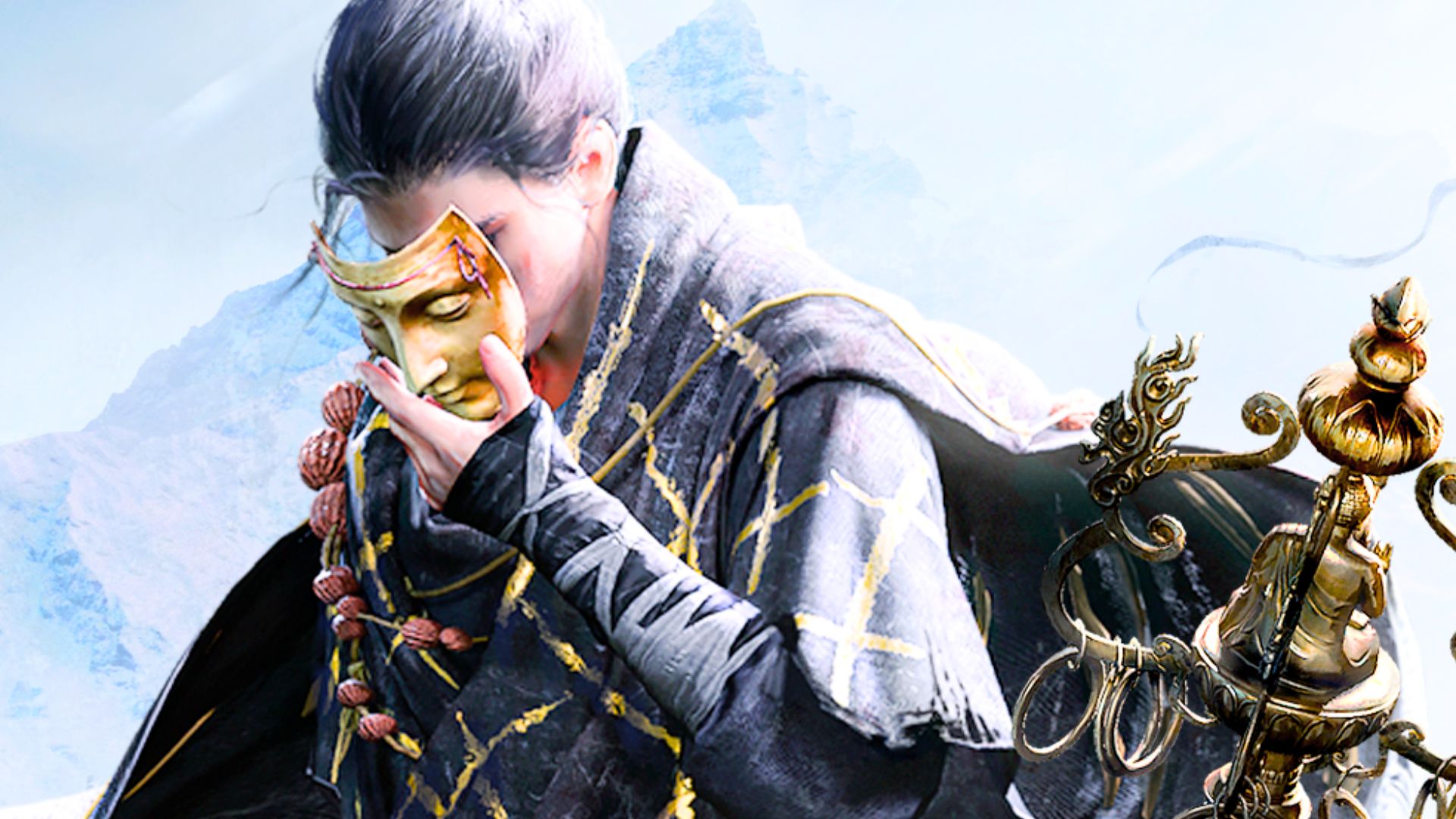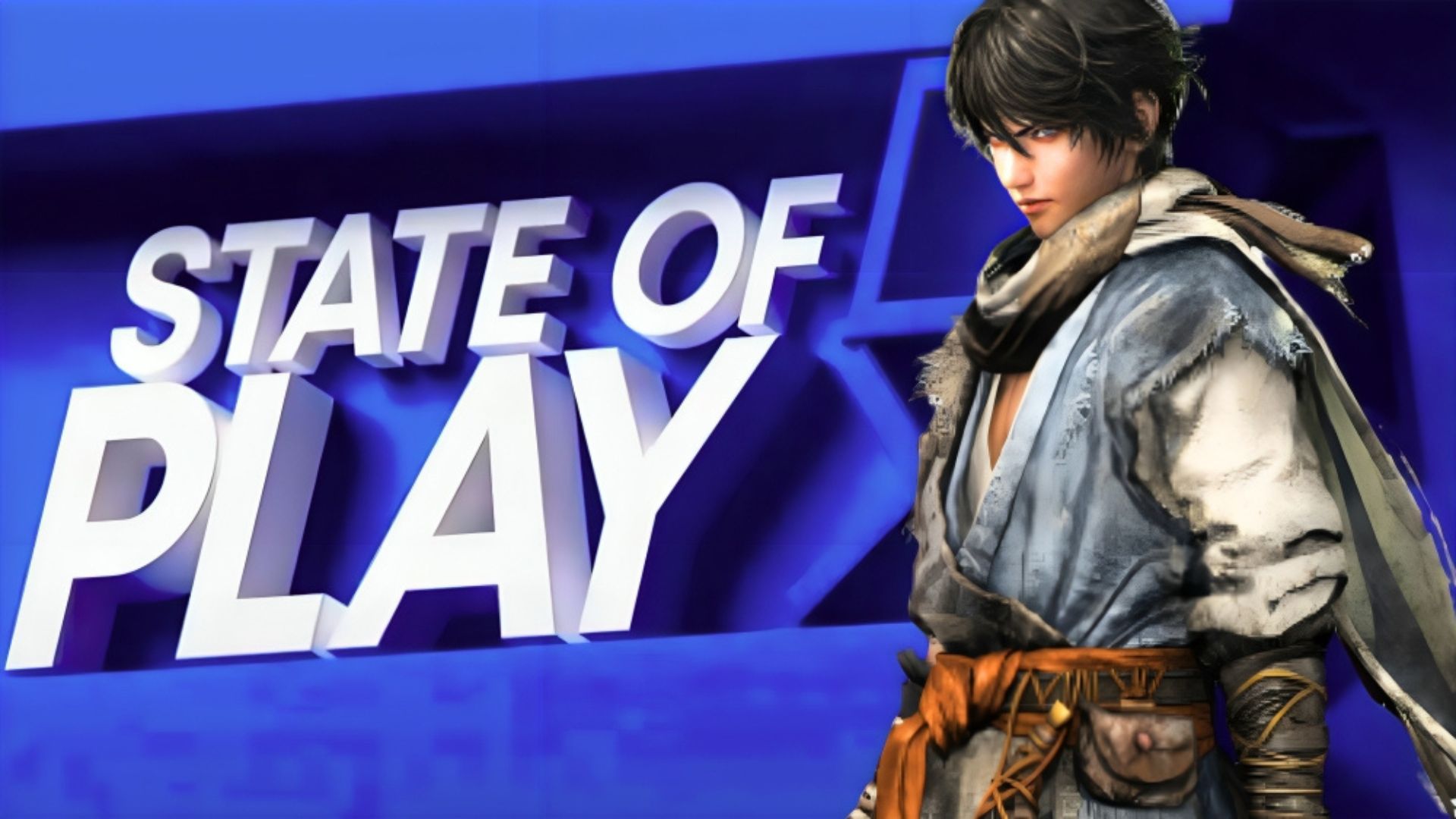You can trust VideoGamer. Our team of gaming experts spend hours testing and reviewing the latest games, to ensure you're reading the most comprehensive guide possible. Rest assured, all imagery and advice is unique and original. Check out how we test and review games here
Square has defended its decision to release multiple direct sequels to Final Fantasy XIII and explained why recent numbered titles have taken so long to develop, stating that it’s “a lot easier” and less time-consuming to release follow-on titles than “create a new world”.
In an interview with VideoGamer.com discussing tomorrow’s launch of Lightning Returns: Final Fantasy XIII, series producer Yoshinori Kitase acknowledged that there are “different opinions on whether [continuing the XIII trilogy] is a good thing or a bad thing,” and admitted that “some people like it, some don’t”.
“But the thing about sticking only to numbered Final Fantasies and the big one-off games is that they take a very long time to develop,” he continued. “It’s pretty much a three, four year development cycle and as a company we don’t really want to limit ourselves to only releasing these big games once every couple of years.
“It’s not exactly a replacement either, so when we do the big games – the big numbered new entries every couple of years – then in the time in between we can do the shorter development cycle sequel games, like Final Fantasy XIII-2 and Lightning Returns. So overall as a policy we think it’s a good idea to do these because otherwise we’d only be releasing the games once every four years and that’s not good from a business point of view.”
But why do numbered Final Fantasies take so long to develop these days, when they used to release fairly frequently throughout the 80s, 90s and early 00s? And do existing assets mean that it’s easier to create direct sequels rather than start over?
“Yeah, you’re right in that way that it is because there’s a certain level of assets already available that can be adapted and reused for the different games,” Kitase continued. “Certainly between XIII and XIII-2 there was a number of maps that we could [adapt] and reuse, so that speeds it up as well. Although having said that, the changes between XIII-2 and Lightning Returns, the world map and all the areas in the game were pretty much 100 per cent made from scratch because it’s a completely different incarnation of the same world, so it wasn’t as if we could reuse all of that.
“On top of that, though, if you look at the fact that it takes a lot less time to create these because we don’t have to make everything from scratch, it’s coming up with a whole completely new world, new characters, new stories and new scenarios, [and that] does take time. Obviously when we’ve got the XIII series, you’ve got the base of the character Lightning and the world and the mythology [and] it’s a lot easier to move that on rather than [starting] from scratch.
“The sequels are quicker to create for those two reasons really. It takes a lot of time to create a new world and a new game.”
Kitase also revealed that the next numbered game, Final Fantasy XV, is “quite far into development”, but stopped short of dropping any hints as to when fans may get to see it.
The final chapter of Final Fantasy XIII, Lightning Returns: Final Fantasy XIII, launches on Xbox 360 and PlayStation 3 tomorrow, February 14.
Lightning Returns: Final Fantasy XIII
- Platform(s): PlayStation 3, Xbox 360
- Genre(s): Action
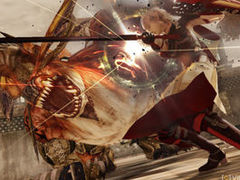
/https://oimg.videogamer.com/images/f3a4/lightning_returns_final_fantasy_13_121.jpg)
/https://oimg.videogamer.com/images/13f8/lightning_returns_final_fantasy_13_191.jpg)

